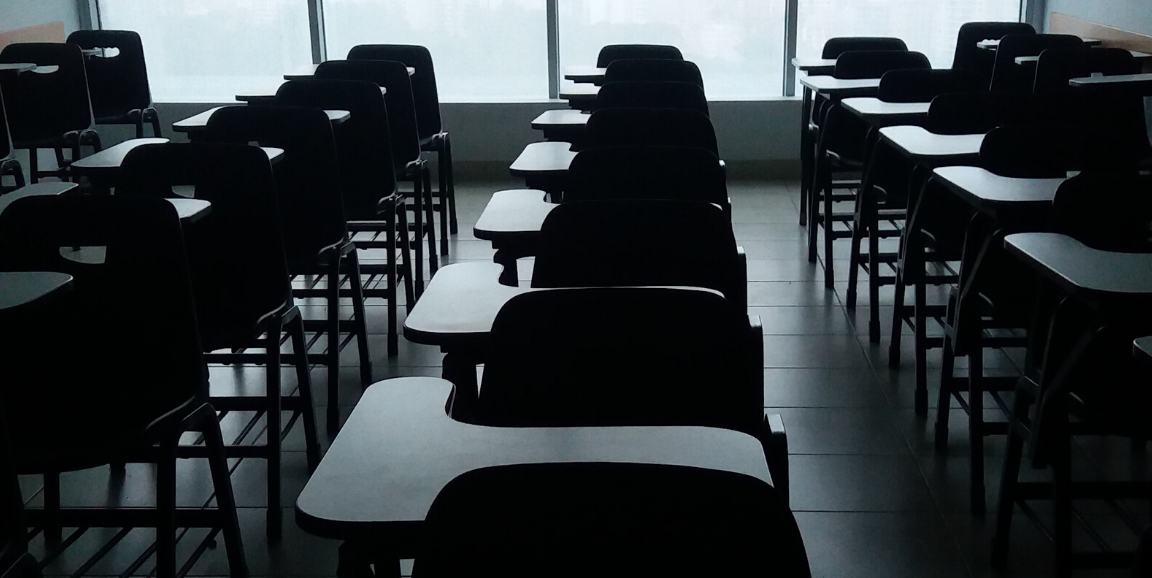Since the Columbine High School massacre in 1999 in which 12 students and one teacher were murdered, more than 240,000 American students have experienced gun violence in their schools. School shootings are occurring so often that this "new normal" in U.S. schools is both shocking and mind-numbing.
Stanford health economist Maya Rossin-Slater, PhD, and her colleagues set out to study the mental health impact of these shootings on students who were exposed to the violence but not injured. What they found was that antidepressant use among youth under age 20 rose by 21% in the communities where fatal shootings occurred.
Rossin-Slater told me in this 1:2:1 podcast that the costs to families that have suffered fatalities are "undeniable and unfathomable," yet we know, much less, she said, about the " potentially long-term consequences of being exposed to violent trauma on their outcomes."
So how did she and her fellow researchers go about the study?
To do our analysis, we used prescription drug data. We identified small areas surrounding these schools where the (prescription drug) providers were located. Then we compared the number of antidepressant prescriptions to youth, so to children under age 20, in these small areas close to where the school shootings took place, both before and after the shooting and relative to areas further away, or to providers who were located near other similar schools that did not experience school shootings.
While the data was anonymous and the identity of individuals was not known, patient age for prescription drugs allowed the researchers to differentiate adult patients from youth.
School shootings clearly have a significant impact on the mental health of students. I asked her what implications these findings have for public policy.
When we think about quantifying the costs of all gun violence in America, and school shootings specifically, its important to not just focus on the number of deaths, to focus also on the overall broader implications for those who experience these events and survive. If you do that calculation, you would see that school shootings, in fact, entail very large costs for people who are exposed to them.
Our results suggest that a single traumatic events, such as a school shooting, can have lasting implications for the mental health of exposed youth. ....There are all kinds of broad implications on well-being resulting from child mental health issues. They affect people's ability to be successful in their education and to be successful in the labor force, to form successful and happy relationships.
Is there something in this data, I asked, that is optimistic amid the horror? Her message is clear to students living with the trauma: "you're not alone."
...make sure to receive help and not be embarrassed or ashamed to seek help. This is the unfortunate reality of being an adolescent or even a younger child in this country today. That you're not alone... There are resources out there.
Rossin-Slater's collaborators on this research included Molly Schnell and Hannes Schwandt, Sam Trejo, and Lindsey Uniat.
Photo by Rubén Rodriguez






